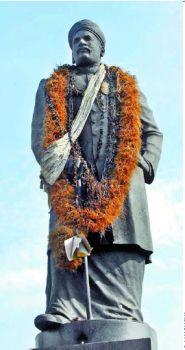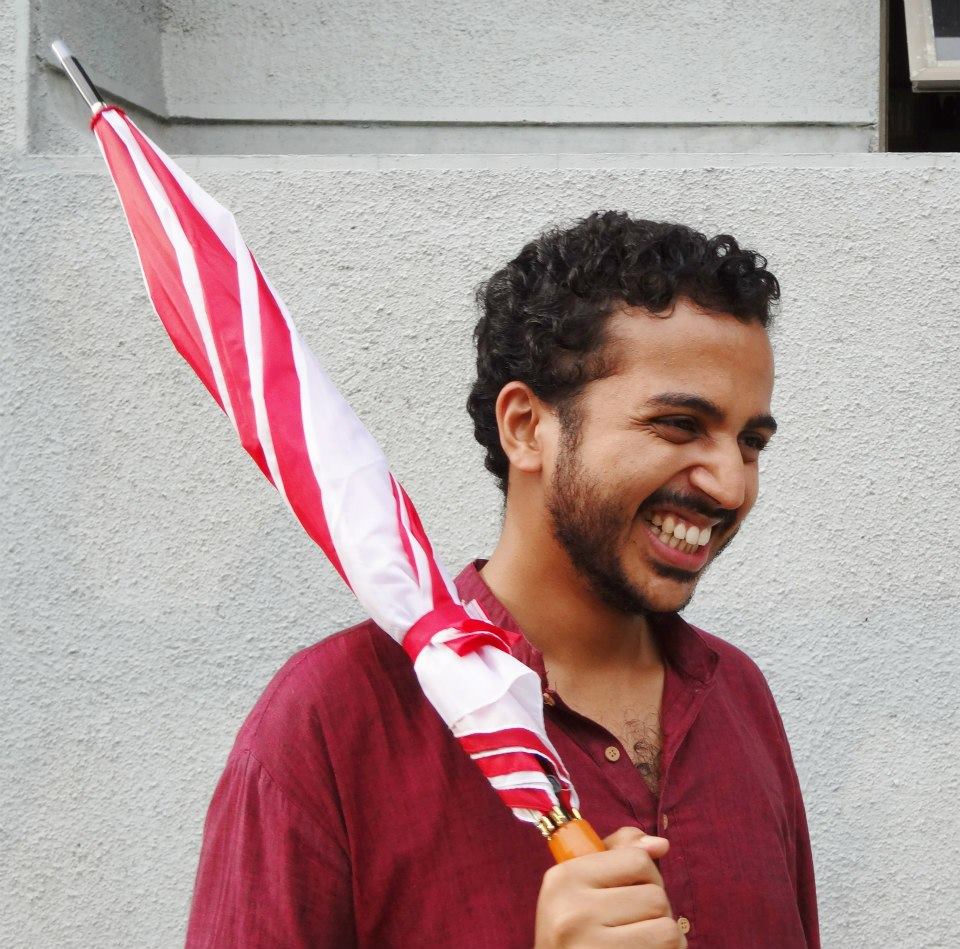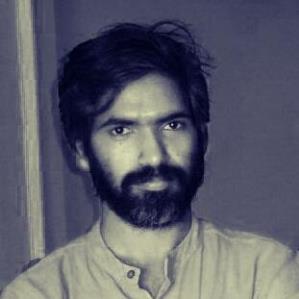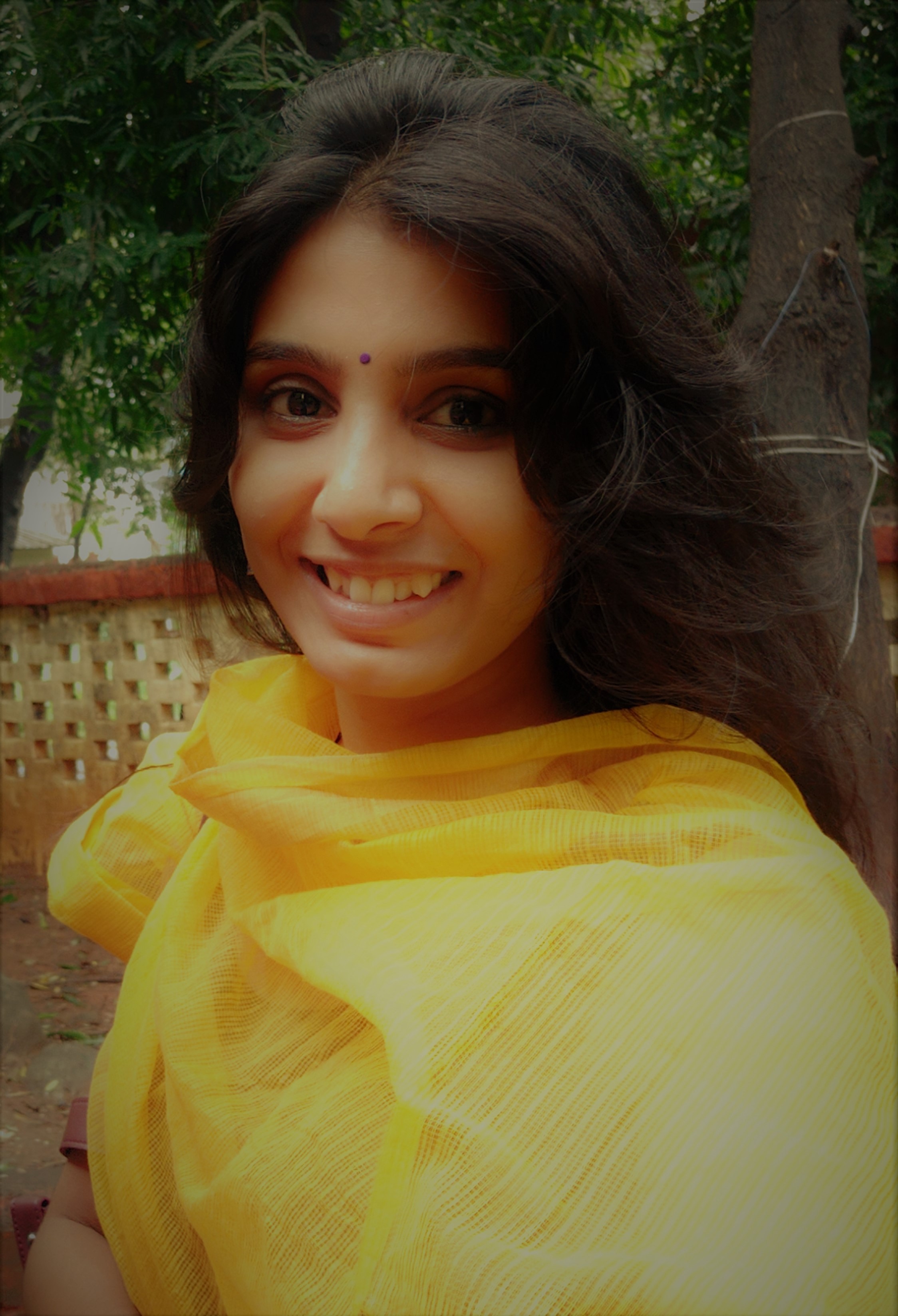Ajith Kumar A S

At Vellayambalam junction in Trivandrum, Ayyankali stands in the centre. We have to circle the Ayyankali square to get to our destinations. The heavy traffic in the junction may not help us to take a passing glance at the statue most of the time. But our politics would. That could never be a glance at all. It is an important place for the Dalits. Most of the processions by Dalit organizations begin from there. It’s a great place of inspiration. On Ayyankali Jayanthi, Dalit organizations gather there to celebrate. It seems Ayyankali Jayanthi is just for Dalits who celebrate it. On that day he belongs to Dalits. The progressive Malayalis would always fight caste reservation with all the strength they have but they have no problem with reserving “Ayyankali ” for the Dalits that day. Otherwise they would say Ayyankali was a social reformer or renaissance leader of Kerala. They would place Ayyankali at a historical moment constructed as the one that led to a modern Kerala. That is, he is conveniently placed outside the history of modern Kerala. I will be discussing this later in this note. Coming back to the Ayyankali square it is said that this park is going to be removed for road widening. It is an irony that the fighter who fought for the right to access public roads and public space has been considered as an “obstruction” for traveling.
Standing tall in the middle of a public space Ayyankali raises certain questions that disturb our liberal anti-caste discourses. After all these struggles in the past that were strong claims on the public space and the world. What does Ayyankali mean to the Dalits and the “general” “Malayalis” and what constitutes this general category of Malayali? I am forced to ask these questions because I feel that the removal of the statue becomes a concern of mainly the Dalits. The general Malayali has no problems with it. Mainly Dalit organizations have come to protest the removal plan. While a Gandhi park a few kilo meters away from here is considered as a general park and was renovated a few years ago because of constant complaints from the people: like crows are shitting on our ‘”father of nation’s” head, the place has been occupied by beggars, thieves and drug addicts. The general public was worried about the insult to Gandhi. And recently migrant workers were driven out, may be to make it a “Malayali” space. But where did this Malayali disappear in the case of Ayyankali square? It is still a Dalit place and a Dalit concern.

While Ayyankali square is reserved for Dalits, the liberal humanist progressive Malayalis wouldn’t give up Ayyankali. It is not invisibility of him that we are witnessing now but different shades of visibility, most of them being problematic, that’s happening in Kerala. The efforts of Dalit intellectuals/students/activists/historians/artists have made Ayyankali an unavoidable political presence in the public space. The liberal progressive Malayali selves are forced to acknowledge him but it pushes them into dilemmas. The progressives have to prove their anti-caste commitment but want to remain unquestioned about their own comfortable position that doesn’t confront caste in a radical sense. Hence they would stay away from Dalit movements of the present but would acknowledge caste struggles of the past in a comfortable way. They would try to disassociate the struggles of the past from the present Dalit movements. The contemporary Dalit assertions would be branded as identity politics and dangerous but the past caste struggles would be accommodated into the evolution of a “general society”. Hence the contemporary movements would be constructed as sectarian.
Let’s think about the different kinds of visibility of Ayyankali in the mainstream political space. We can see him in the posters and cut-outs of the ‘left’, the hindutva organizations and many other nationalist organizations like the congress. The left brand of Kerala history constructs the anti-caste struggles as a foundation on which the modern Kerala evolved. In this brand of history anti-caste struggle has a place only as a precondition for the communist movement. This clearly places anti-caste struggles outside modern Kerala history and consequently delegitimatizes all the anti-caste movements after the communist party arrived. It is like they have taken over all the burden of social change afterwards. Ayyankali is seen as someone who worked hardly for the arrival of the communist party. The hindutva brand constructs him as a ‘hindu’ who worked to reform Hinduism and get rid of casteism of the past. Most of the hindutva literature tries to say that he “saved” Dalits from conversion to Christianity and that his aim was to save “hindu” religion. The Muslims also appear in hindutva narratives on him as the enemy of Dalits.

The efforts of the left, hindutva and the nationalist was always to place him in a linear narrative of their brand. The appropriation of him was done by defining his politics in a comfortable manner that could never threaten their position. Recently the anti Toll (BOT) protest at Paliakkara used “sanchara swathanthryam” (a concept associated with the struggles of the subaltern castes for the right to access public roads) as a metaphor for asserting the right to travel on roads. The protest was equated with the struggles of the subaltern castes. This clearly drains out the politics of caste from the struggle for access to public spaces in the past and constructs a linearity that could accommodate the contemporary struggle that has nothing to do with caste. The specific is appropriated into a “common good” project. These approaches try to build up a closure for the anti-caste struggles at the moment of arrival of the legitimate political parties especially the left.
The absence (almost) of liberal voices against the plan for the removal of the statue at Vellayambalam must be concerned with the issues discussed above. The liberal humanists always want to fit him into the grand narrative of the “Kerala renaissance”. Why do we hesitate to admit that Ayyankali and his politics with its visibility always disturbs our liberal caste politics and problematizes the narratives on “Kerala renaisance” and what we call “Kerala/Malayali”?
~~~
Ajith Kumar A S is a Dalit musician and writer based in Trivandrum.










